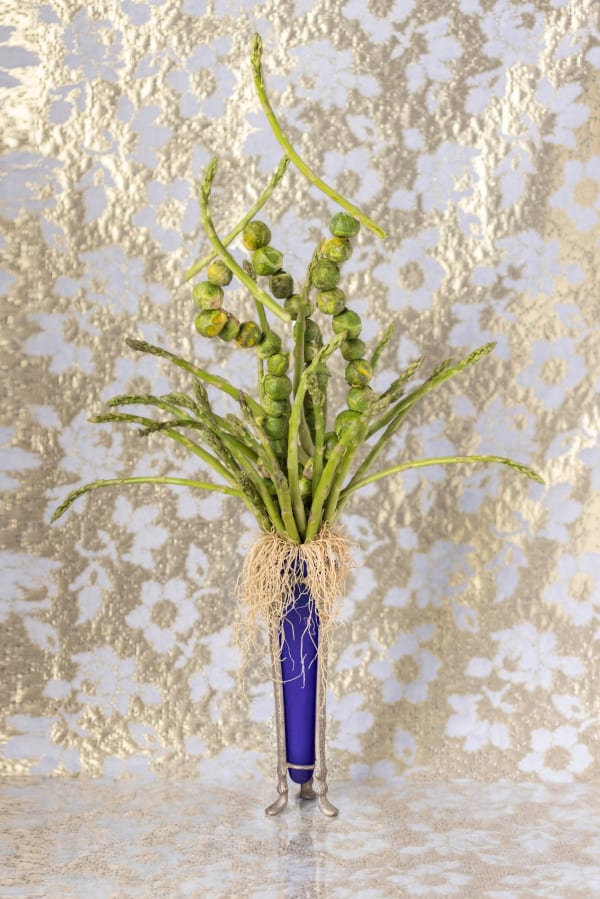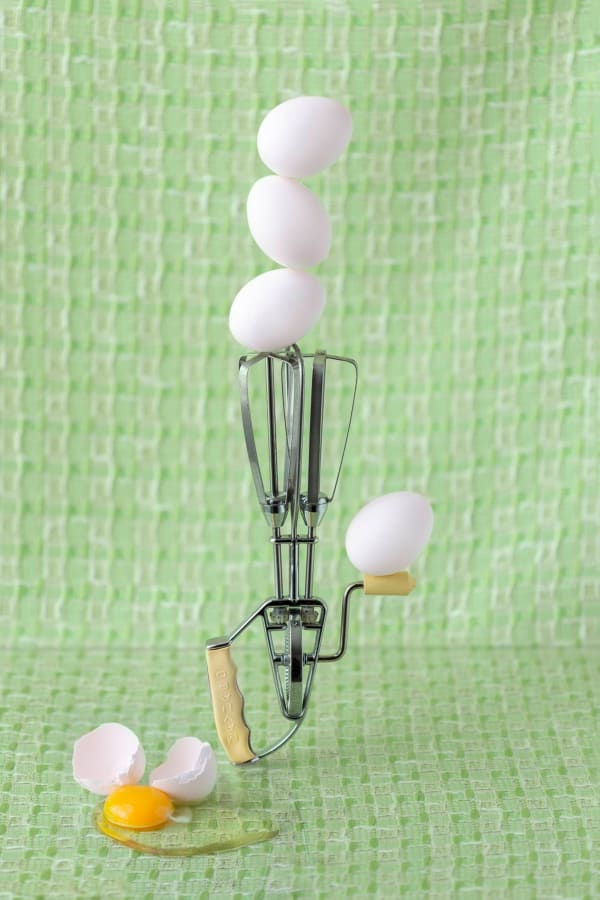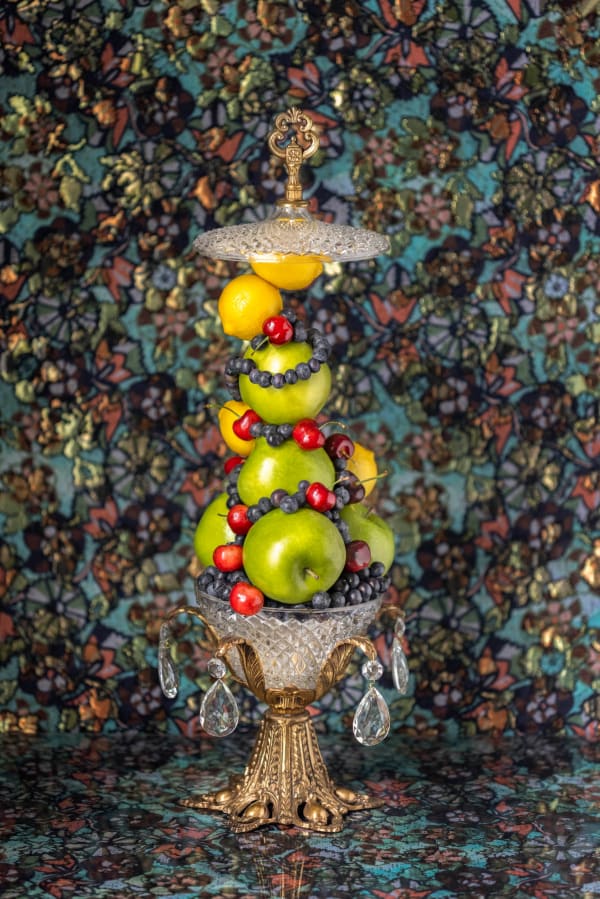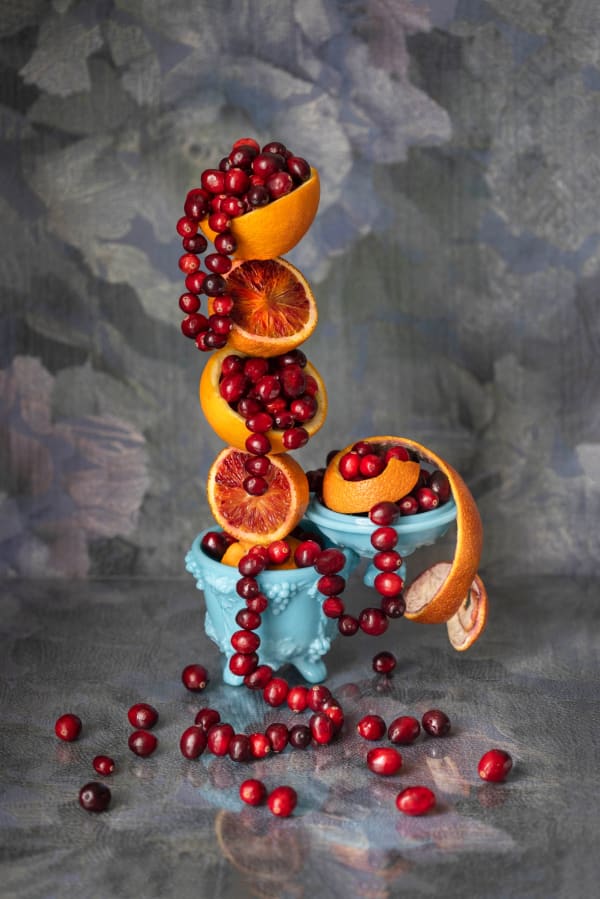-
 E Shipley Zambezi with Blueberry Onion Cup
E Shipley Zambezi with Blueberry Onion Cup -
 Gien Jardin du Palais with Broccoli Tiger Beets
Gien Jardin du Palais with Broccoli Tiger Beets -
 Myrtle and Mary Paradise Lost with Orange Key Lime
Myrtle and Mary Paradise Lost with Orange Key Lime -
 Spode Creatures of Curiosity with Goose-Cranberry
Spode Creatures of Curiosity with Goose-Cranberry -
 Spode Creatures of Curiosity with Romaneso
Spode Creatures of Curiosity with Romaneso -
 Spode Wildcat Prowl with Rosemary Pomegranate
Spode Wildcat Prowl with Rosemary Pomegranate -
 Wedgewood Menagerie with Citrus
Wedgewood Menagerie with Citrus -
 Wedgewood Sapphire Garden with Pineapple Beets
Wedgewood Sapphire Garden with Pineapple Beets -
 Wedgewood Wonderlust with Mushrooms
Wedgewood Wonderlust with Mushrooms -
 Wegdewood Golden Parrot with Blueberry Lemons
Wegdewood Golden Parrot with Blueberry Lemons -
 Gracie Lemonata with Lemon
Gracie Lemonata with Lemon -
 Adelaide Blue with Pineapple
Adelaide Blue with Pineapple -
 Aram Black Berries with Orchid
Aram Black Berries with Orchid -
 D. Angell Madison's April in NY with Currrant
D. Angell Madison's April in NY with Currrant -
 Empress Royal Hague Blue Floral with Orange
Empress Royal Hague Blue Floral with Orange -
 Kate Spade Birch Way with Dragonfruit
Kate Spade Birch Way with Dragonfruit -
 Lenox Chirp with Plum
Lenox Chirp with Plum -
 Lenox Garden Grove with Spring Onion
Lenox Garden Grove with Spring Onion -
 Marchesa Baroque Night with Pomegranate
Marchesa Baroque Night with Pomegranate -
 Noritake 16034 with Radicchio
Noritake 16034 with Radicchio -
 Wedgwood Hibiscus with Red Onion
Wedgwood Hibiscus with Red Onion -
 Spode Blue Italian with Lime
Spode Blue Italian with Lime -
 Villeroy and Boch Artesano with Grapefruit
Villeroy and Boch Artesano with Grapefruit -
 Vista Alegre Viana with Peach
Vista Alegre Viana with Peach -
 Waterford Lismore Lace with Watermelon Radish
Waterford Lismore Lace with Watermelon Radish -
 Wedgwood Wild Strawberry with Strawberry
Wedgwood Wild Strawberry with Strawberry -
 Working for Peanuts
Working for Peanuts -
 Reaching For the Stars
Reaching For the Stars -
 Plum Line
Plum Line -
 High Tea
High Tea -
 Counting Sheep
Counting Sheep -
 Common Thread
Common Thread -
 Asparagus in Bloom
Asparagus in Bloom -
 A Tower of Lemons
A Tower of Lemons -
 A Cascade of Orange
A Cascade of Orange -
 A Bag of Grapes
A Bag of Grapes -
 A Fish Out of Water
A Fish Out of Water -
 A Perfect Pearing
A Perfect Pearing -
 Above the Curve
Above the Curve -
 Aram Butterfly Ginkgo with Melon
Aram Butterfly Ginkgo with Melon -
 Beat It
Beat It -
 Bending the Rule
Bending the Rule -
 Bird Feeder
Bird Feeder -
 Budda's Hand
Budda's Hand -
 Cherry on Top
Cherry on Top -
 Cup Runneth Over
Cup Runneth Over -
 Cupcake Sunday
Cupcake Sunday -
 Finger Food
Finger Food -
 Forbidden Fruit
Forbidden Fruit -
 Golden Berry
Golden Berry -
 Horn of Plenty
Horn of Plenty -
 Iced Tea
Iced Tea -
 Its Gravy Not Sauce
Its Gravy Not Sauce -
 Keep a Lid on It
Keep a Lid on It -
 Lenox Butterfly Meadow with Broccolini
Lenox Butterfly Meadow with Broccolini -
 Lenox Goldenrod with Blueberry
Lenox Goldenrod with Blueberry -
 Love Handles
Love Handles -
 Low Hanging Fruit
Low Hanging Fruit -
 Lucky Duck
Lucky Duck -
 Marchesa Camellia with Rhubarb
Marchesa Camellia with Rhubarb -
 Marchesa Palatial Garden with Grapes
Marchesa Palatial Garden with Grapes -
 Mouse Trap
Mouse Trap -
 Natural Sweetener
Natural Sweetener -
 No Artificial Flavors
No Artificial Flavors -
 Noritake Blooming Splendor with Pepper
Noritake Blooming Splendor with Pepper -
 Noritake Hertford with Tomato
Noritake Hertford with Tomato -
 Noritake Sonnet in Blue with Blood Orange
Noritake Sonnet in Blue with Blood Orange -
 Noritake Yoshino with Kiwi
Noritake Yoshino with Kiwi -
 Onion Rings
Onion Rings -
 Penny Candy
Penny Candy -
 Pepper Spray
Pepper Spray -
 Pin Cushion
Pin Cushion -
 Purple Heart
Purple Heart -
 Rabbit Ears
Rabbit Ears -
 Royal Albert Gratitude with Cherry
Royal Albert Gratitude with Cherry -
 Royal Albert Old Country Rose with Beets
Royal Albert Old Country Rose with Beets -
 Royal Albert Rose Confetti with Radish
Royal Albert Rose Confetti with Radish -
 Sango Aristocrat with Apple
Sango Aristocrat with Apple -
 Seeing Greeen
Seeing Greeen -
 Spode Buttercup with Beans
Spode Buttercup with Beans -
 Spode Delamere with Artichoke
Spode Delamere with Artichoke -
 Spode Kingsley with Biquinho Peppers
Spode Kingsley with Biquinho Peppers -
 Sugar Plums
Sugar Plums -
 Sweet Talk
Sweet Talk -
 The Bouffant
The Bouffant -
 The Little Mermaid
The Little Mermaid -
 Villeroy & Boch Mariefleur with Cabbage
Villeroy & Boch Mariefleur with Cabbage -
 Wedgwood Jasper Conran with Corn
Wedgwood Jasper Conran with Corn -
 Wedgwood Oberon with Mandarinquat
Wedgwood Oberon with Mandarinquat -
 Whichever Way You Slice It
Whichever Way You Slice It
JP Terlizzi (American, b. 1962) is a New York City photographer whose contemporary practice explores themes of memory, relationship, and identity. His images are rooted in the personal and heavily influenced around the notion of home, legacy, and family.
Throughout history, the table has stood as an enduring symbol of unity and togetherness. Its significance goes beyond mere utility; it is a profound testament to the human spirit’s innate desire to connect. Whether marking a significant event or simply joining together, the act of thoughtfully preparing and presenting food or an arranged table becomes an expression of love and care.
His newest release, Creatures of Curiosity, unveils the latest additions of contemporary still-lifes that enrich the series The Good Dishes by photographer JP Terlizzi. Each tablescape in the series draws its foundation from Terlizzi’s collection of fine China, representing the essence of tradition and the beauty of connections forged through gathering over a shared meal. With a special focus on a range of creatures like exotic birds, tigers, cheetahs, snakes, insects, and monkeys, the lavish visual feast depicts an eclectic range where the brightness of color, ornate patterns, and unconventional food pairings suggest temptation and indulgence through the richness of nourishment, the opulence of life, and exotic luxuries.


























































































